Hyaluronic acid—you may have heard of it or seen it on a moisturizer or skincare product’s ingredient list. This naturally occurring substance deserves extra attention as “nature’s moisturizer.” Your skin naturally loses hydration, elasticity, and vibrancy over time. Hyaluronic acid nourishes the skin, holding onto moisture and acting as a healing agent. It’s metaphorically traveled a long road from its initial use as an egg substitute to now arrive as a vital way of preserving the skin and reducing the visible signs of aging.

Hyaluronic Acid—Nature’s Moisturizer
Hyaluronic acid isn’t a newbie to the medical or skincare worlds. It was discovered in 1934 by Karl Meyer and was identified as a somewhat gelatin-like substance found in the joints, muscles, and eyes. The first patent came in 1942 when it was used as an egg substitute in baking. In the 1950s, doctors began using it during eye surgeries.
As scientists learned more, they found that it played a key role in lubricating muscles and joints. A big reason for that—its affinity for water. As one researcher put it, “Hyaluronic acid is one of the most hydrophilic (water-loving) molecules in nature…”. It seeks out water and then holds onto it for dear life.
Hyaluronic acid is also highly biocompatible. That basically means that it plays well with others, namely the rest of the body’s tissues, systems, and chemical makeup. That’s partly due to the fact that it’s a substance that’s common to all mammals. It’s also why scientists continue to look for new ways to use and take advantage of hyaluronic acid’s unique properties.
Another factor that plays into hyaluronic acid’s value to skincare is its viscoelastic abilities. You might think, huh? Honey is a viscous substance. Honey slowly conforms to the shape of the container it’s in when gravity acts on it. Hyaluronic acid has some of these abilities. It’s also elastic. That means it can stretch and return to its original shape. Viscoelasticity gives hyaluronic acid its almost gooey (and somewhat gluey) consistency.

Where It’s Found and What It Does in the Body
Hyaluronic acid is naturally found in the body’s soft, connective tissues. Think places like the muscles, joints, and skin. It lubricates and helps them withstand daily wear and tear. As you age, your hyaluronic acid levels begin to drop. That’s when joint pain, muscle injury, and breakdown in skin integrity become more common.
Hyaluronic acid is also found in the eyes and in smaller amounts in the skin, brain, kidneys, and umbilical cord at birth. In these areas, it multitasks by helping with lubrication, holding together connective tissues, and sending signals throughout the body.
However, hyaluronic acid goes beyond lubrication and gluing everything together. It’s also a key component in the body’s ability to heal. For example, the hyaluronic levels in the skin increase when (and where) you get a cut. It regulates inflammation and helps reduce pain around the injury.

Moisturize, Plump, and Tighten the Skin
Your body replaces 5 of the 15 grams of hyaluronic acid it contains on a daily basis. As you age, production naturally goes down. That’s where hyaluronic acid-containing skincare products can help you.
SkinResourceMD’s Hyaluronic Moisture Boost Serum contains a short list of ingredients, but the key factor—the hyaluronic acid—takes the spotlight. In this formula and others that contain hyaluronic acid, it multitasks just as it does in nature.
Imagine your skin as a patch of soil. If it doesn’t get enough water, over time, cracks develop and become deeper and deeper. Hyaluronic acid grabs and holds onto the water in the surrounding environment, preventing deep cracks from developing or worsening.
However, it does more than moisturize the skin. It helps maintain the skin’s elasticity with its viscoelastic abilities and uses its healing properties to reduce inflammation and redness. Consequently, hyaluronic acid is a vital component of preserving the skin’s strength as natural hyaluronic acid levels begin to fall.
Apply your hyaluronic acid product before other moisturizers and skin treatments. Let it sit on the skin for a few minutes, absorbing moisture and soaking into the skin. Your skin is then ready for any other skincare products. It’s safe to layer other moisturizing products or sunscreens on top.
Final Thoughts
Your skin is your first physical defense against a harsh (on the skin) environment. UV rays, heat, cold, and any number of other things you’re likely to run into on a daily basis take their toll on your skin. You can then add the natural effects of the aging process. You cannot avoid the passing of time, but you can nourish your skin with skincare products packed with natural goodness. Hydrate, protect, and heal your skin with nature’s moisturizer—hyaluronic acid.


